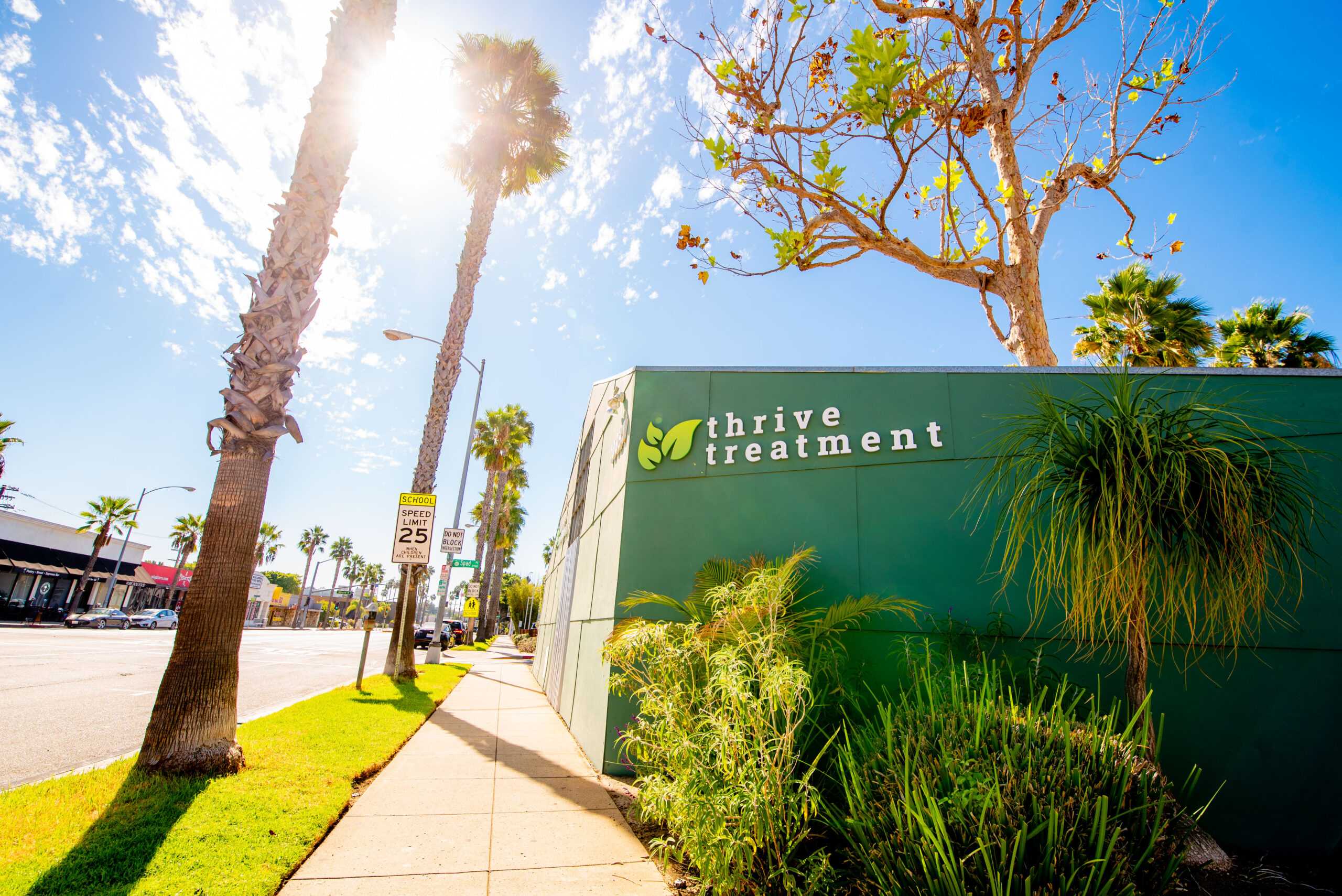There is no doubt that dual diagnosis is a difficult condition to treat. The co-occurring disorders of addiction and mental illness a two-headed monster that has complex roots. Fortunately, many treatment centers nationwide have included dual diagnosis treatment as an integral part of their offerings.
In this article, we will explore the different types of dual diagnosis treatment models rehabs employ and how these integrated models help people recover. If you or a loved one are fighting a losing battle against dual diagnosis, call Thrive Treatment toll-free right now. We offer integrated Los Angeles dual diagnosis treatment programs that are evidence-based and proven to help you regain your physical and mental health.
Call Thrive Treatment today and begin your transformation!
What You Need to Understand About Dual Diagnosis Treatment
In any discussion centering on dual diagnosis treatment, it is important to understand what a dual diagnosis is. Contrary to popular perception, dual diagnosis is not a diagnosis in itself. Instead, it is a combination of diagnoses. When you or anyone is dealing with addiction and a co-occurring mental health disorder, healthcare professionals have difficulty in making an accurate diagnosis for the simple fact that both conditions overlap and it is hard to pinpoint which condition caused the other.
In an integrated dual diagnosis treatment program, programs and services are set up to help treat both the mental health condition as well as any addiction issues. Experienced mental health professionals and addiction treatment staff utilize a comprehensive set of screening tools to evaluate each patient thoroughly and determine the correct course of action. As treatment progresses, staff can modify each client’s treatment plan in ways that best fit their needs.
The best dual diagnosis programs feature the following components:
- Medical detoxification
- Behavioral therapies such as cognitive behavioral therapy (CBT) and dialectical behavioral therapy (DBT) that are done on an individual, group, and family basis.
- Medication management
- Support groups
- Aftercare counseling, housing, and other support after treatment
For dual diagnosis treatment to be most effective, each client should pursue treatment in an intensive residential setting. Away from the triggers and distractions of their home environment, clients can focus on addressing the underlying roots of their diagnoses. Intensive programs are also beneficial in the fact they are of longer duration, which gives clients the time and space they need to address and manage their condition with no pressures.
Are There Different Dual Diagnosis Treatment Models?
When you decide to undergo dual diagnosis treatment, you may wonder if there is a uniform treatment model that is used by treatment centers. Much like addiction treatment, there are different dual diagnosis treatment models staff utilize depending on each client’s specific needs. In general, there are four main dual diagnosis treatment models that treatment centers use:
• Partial treatment—in a partial treatment program, the staff focuses on the mental health issues of the client and not on their substance abuse issues
- Sequential treatment—in a sequential treatment program, staff addresses the mental health condition first, and then the substance abuse issue.
- Parallel treatment—in the parallel treatment model, the staff focuses on the treatment of mental health concerns and alcohol or drug abuse simultaneously, but each condition is treated by different teams.
- Integrated treatment—integrated programs allow the simultaneous treatment of addiction and mental illness under a unified and comprehensive treatment program.
Partial and sequential treatment models, at one point, were the “go-to” models because it was felt that both addiction and mental illness required separate treatment. However, these approaches produce high rates of relapse because of the complexity of dual diagnosis. Many of the top-tier treatment facilities have adopted an integrated treatment approach so both conditions can be treated at the same time by experienced personnel.
Overcome the Ravages of Dual Diagnosis With Help From Thrive Treatment
Having a dual diagnosis can make you feel powerless, and that help is out of reach. Fortunately, Thrive Treatment’s evidence-based Los Angeles dual diagnosis programs help you address your issues and get your life back on track. Our integrated and dynamic approach to dual diagnosis treatment addresses your specific concerns and flexes to fit your needs as you progress in treatment. The tools and support you receive from the professionals at Thrive Treatment will help you find peace and freedom.
Call us today and start your recovery journey.





